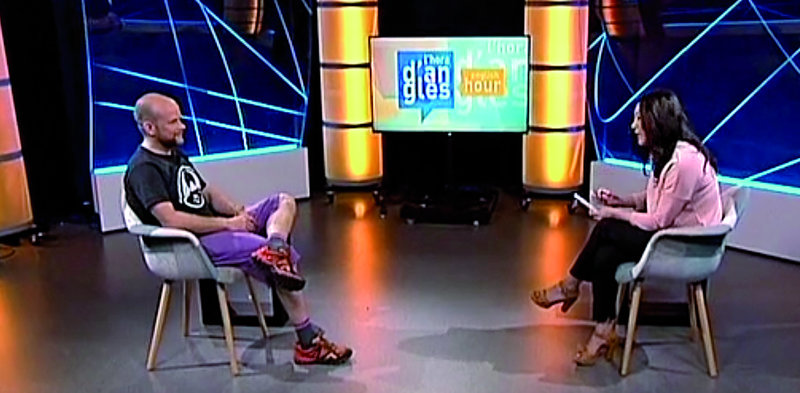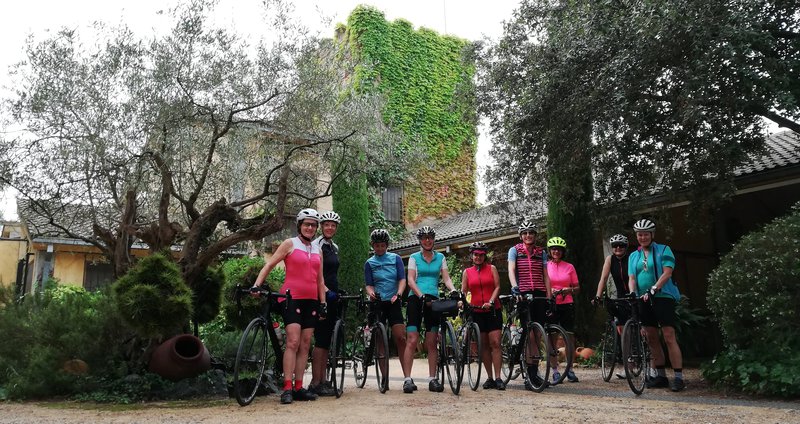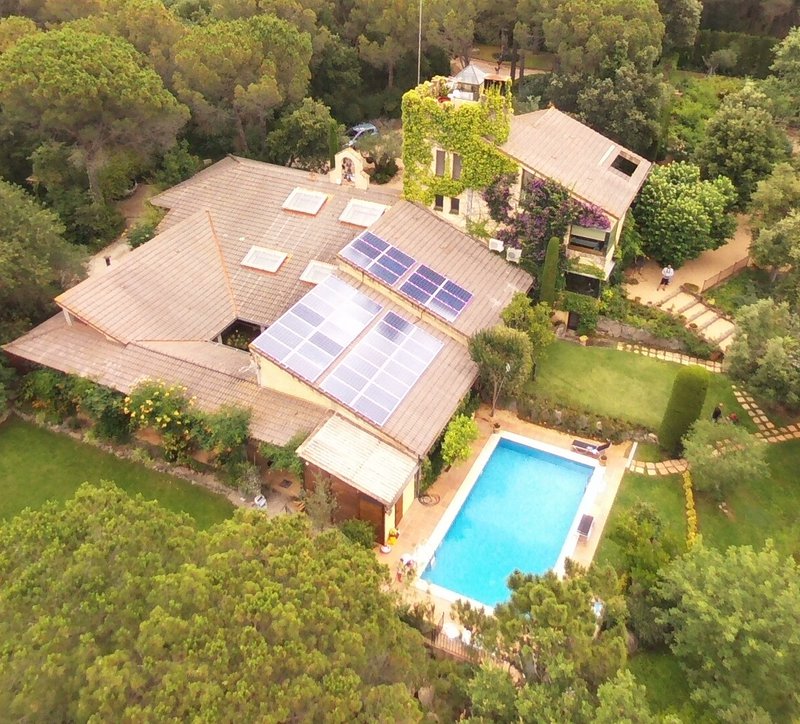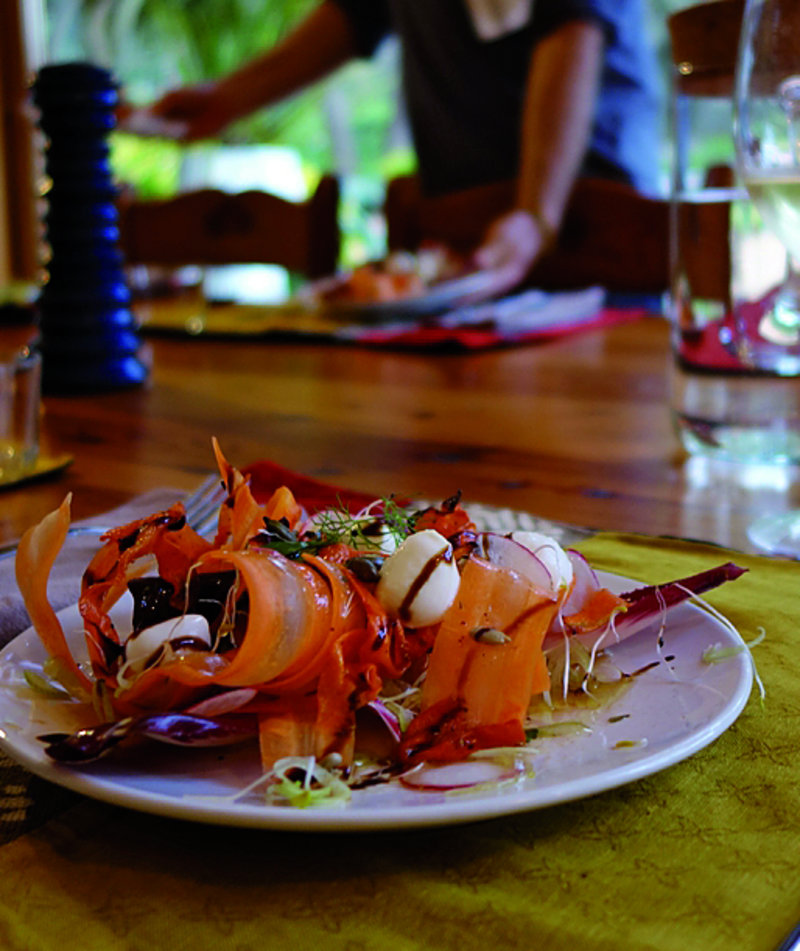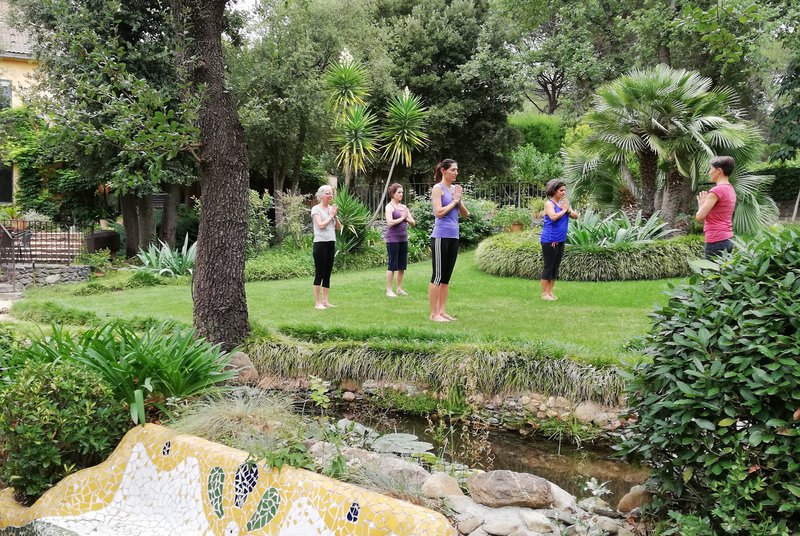Interview
Mike Duff
Entrepreneur
Sustainability and improvement
Watch the interview at:
http://ves.cat/enDs
Barcelona became an icon for me, where things were done in an innovative way IF PEOPLE COME TO IMPROVE THEMSELVES WITHOUT DAMAGING THE PLANET, WE’LL HAVE THEM!
Tell us about your background. You’re Canadian, but you’ve lived in many places. Why Catalonia?
I found out about Catalonia on a road trip, when I was living in Nice, and my girlfriend’s father drove to Portugal, dropping us in Barcelona on his way, for a weekend. I remember having a fantastic time in such a beautiful place. Later, when I was studying a Master’s in Urban Design and then Architecture, Barcelona’s work for the 1992 Olympics kept coming up as a shining example. Being someone who wanted to design cities, Barcelona became an icon for me, where things were done in an innovative way. It almost had a mythical status. Years later when I had a health scare and suddenly needed brain surgery, I needed inspiration while I was recovering for seven months. Having lived in London for almost 20 years, looking out of the window and seeing grey clouds was not helping. I had had a few projects in Catalonia by then, and my wife and small child and I began to explore the idea that instead of my working in Catalonia, we should all live there, and go back to London a few times a year, and that is what we did.
Now, in the small village of Púbol, in the Baix Empordà, you and your family run a villa hotel called La Bruguera de Púbol. Tell us about this project.
It’s interesting: a three-hectare estate in a protected forest. The neighbouring estate was owned by “Captain” Peter Moore, who was Dalí’s business manager. Moore managed to negotiate the land for two estates; his, El Castillo de La Bruguera, and La Bruguera de Púbol, for Francesc d’Assis Casademont. Casademont was a landscape painter, who won the Sant Jordi Cross. In 2015, we bought the estate from his widow.
People who spend time at La Bruguera can do a number of activities, right?
Yes, we took Casademont’s art gallery, and turned it into a studio space for yoga, dance, pilates, theatre, pop-up dinners. We get tour operators who bring clients for yoga, we had a Swiss company last week who brought cyclists. We have had African dance, children’s painting workshops, you name it. If people come to improve themselves without damaging the planet, we’ll have them!
The hotel runs entirely on renewable energy. You’re interested in sustainability and sustainable design, so how does La Bruguera work in energy terms?
We generate a lot of energy from solar panels and we have a stack of lithium ion batteries in the basement. Our heat and hot water is from air-source heat pumps, and a biomass boiler. We have two hectares of forest to maintain so we have lots of logs, for additional heat. It’s all stored in gigantic water tanks in the basement. We also grow a lot of our own food.
Are you pleased with the result?
Well it wasn’t cheap – that’s probably the biggest problem. But for us, it’s about the philosophy. We wanted to make sure that our guests weren’t damaging the planet. Two years ago when we started, I don’t think we had any clients because of the renewable energy. Now we have tour operators approach us who only use electric cars, who are choosing us because we are low-carbon.
Cycling is another of your passions. Tell us about Above & Beyond.
Above & Beyond is a new set of training camps for ultra-endurance cyclists. Another way of describing ultra-endurance is cycling really, really far, for a very, very long time.
What does this mean in days?
Well, I met the other two coaches with whom I run the project during a ride that was over 500 km long last year, and involved climbing around 12,000 m, so about a Mt. Everest and a half. We rode from Geneva, to Nice, and across to San Remo, in 28 hours. No sleeping, no hotels, just riding.
That is incredible.
It felt a bit crazy at times, but is a growing market segment in cycling. Now, as Above & Beyond, we are running training camps for ultra-endurance and bike-packing at La Bruguera, and bringing people here to experience the beauty of Catalonia while they suffer!
What made a big impression on you when you arrived in Catalonia?
There was a creativity and an optimism that sold it for me. From coming here and working on a project to devise a sustainable arts education centre around the archive of Maria Lluïsa Borrás, co-founder of the Joan Mirò foundation, I met lots of interesting people. I was amazed at how forward thinking everyone was, yet we were in Baix Empordà, which is like going back in time, it’s so rural. This idea that the countryside didn’t have to be a throwback excited me.
How do you have time for all these activities… What’s your secret?
As the saying goes, if you need something done, ask a busy person. I don’t know why… I work quickly, and if it’s something that I like and value, then I find the time for it.
ENGLISH HOUR CATALAN CONNECTIONS
Leave a comment
Sign in.
Sign in if you are already a verified reader.
I want to become verified reader.
To leave comments on the website you must be a verified reader.
Note: To leave comments on the website you must be a verified reader and accept the conditions of use.

